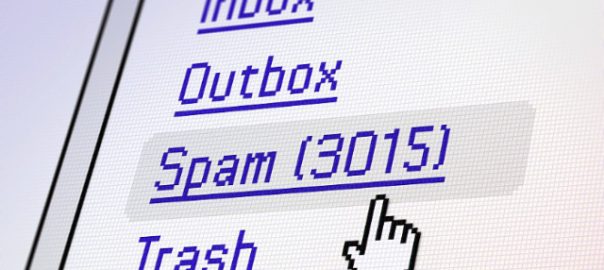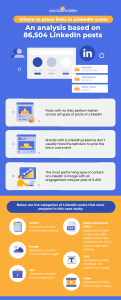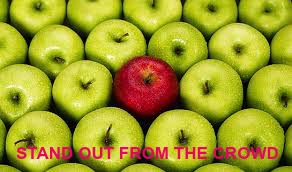
If you work in digital marketing, you will spend a lot of time nurturing your email list – encouraging people to share their email address and accept your communications is not easy. So imagine the frustration at not being able to get your communication in front of these precious contacts. This is what a spam filter can do to your marketing.
The problem is that spam filters can be complicated: different email providers (e.g. Gmail, Yahoo, Hotmail, etc.) have different guidelines. However, there are some principles which apply to all providers and here are eight that should help you get your message through.
Email Source: If you have purchased your email list, there is a high probability that your email communications will be classified as spam. Being able to ascertain people’s level of opt-in is so difficult that you just shouldn’t buy email addresses.
Vocabulary: There are certainly some keywords which raise red flags. Free, now, credit and profit should all be used carefully – particularly if they are in block capitals and followed by lots of explanation points.
Format: Your email should be a mixture of images and text. Emails which purely consist of one large image are a spammer’s way of avoiding the ‘vocabulary’ problem, so that’s a problem. And frankly, emails which are just text are pretty boring. Having a good mix is good for the email service provider and the recipient.
Timing: If you have a large number of emails which you want to send out, you should send them in small batches. A large number of emails coming from one address can trigger the spam filter. Most email marketing companies will automatically sort this for you, but worth checking.
Forms: Embedding forms into emails may seem like a good idea – it takes the form to the recipient rather than relying on the recipient finding the form, but it can cause all sorts of problems for spam filters and is best avoided.
Attachments: This is considered a way of communicating viruses and all email providers will frown on mass emails being sent with attachments. You should link people to your website and contain the relevant information / download from there.
Formatting: You may be tempted to use crazy fonts or colour your text to make it stand out from the crowd. You really shouldn’t – not only is there a danger that it will distract people from the message itself, this is also a tactic commonly used by spammers. Using certain symbols, e.g. $ , are also a no-no.
From Address: It really matters who the email is sent from. Using a reputable email address such as support@example.com is much more likely to be seen by the recipient than a more obscure email address, e.g. 1263dasdba@example.com – so spend the time getting this right.
This doesn’t even take into account whether the content of your email, or your offering, are any good. The first step of towards email happiness should always be getting the email through to the recipient in the first place.
Digital & Social Articles on Business 2 Community(33)







